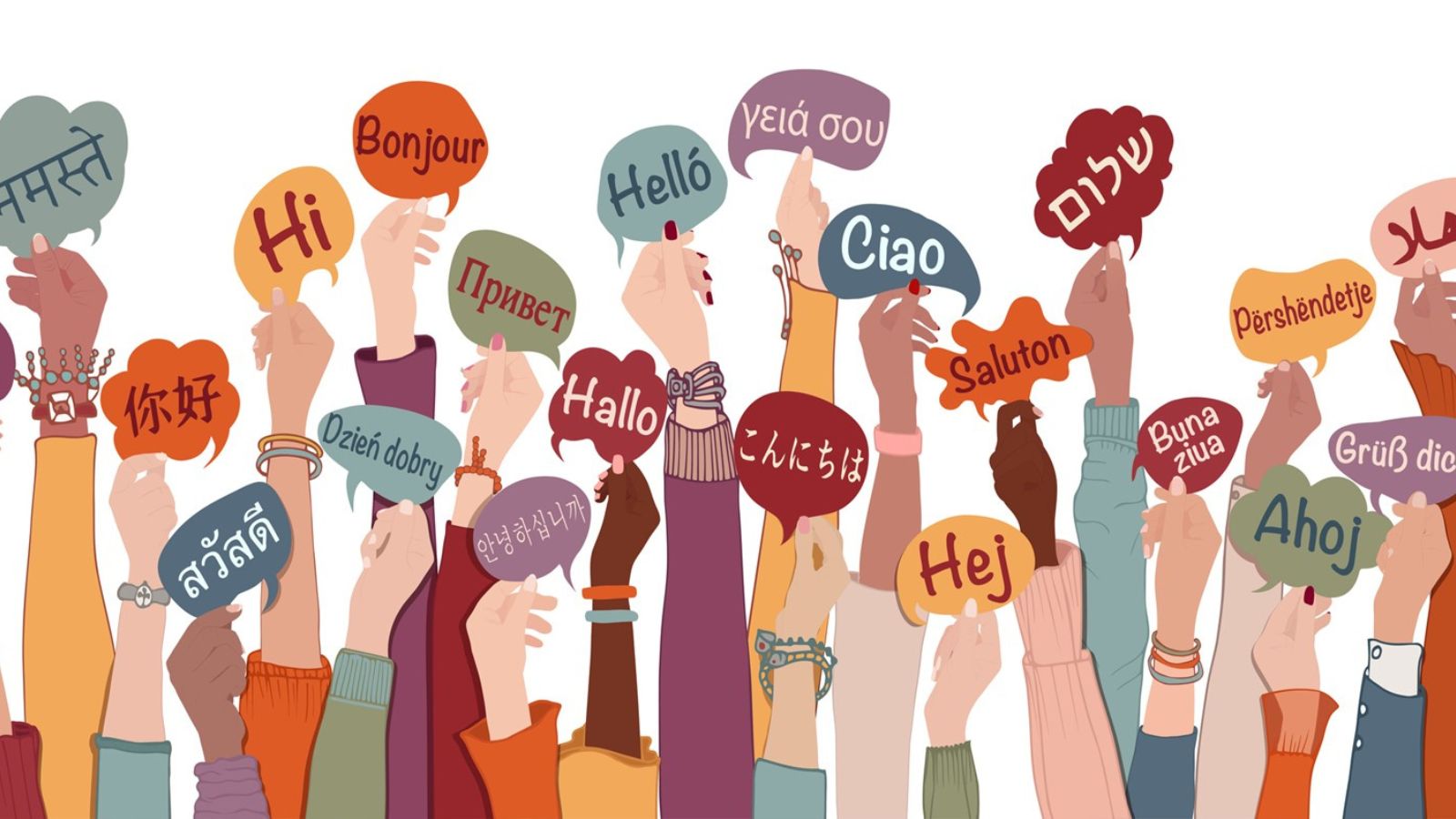Understanding the differences between the two character sets can help you choose for your next localization project.
Understanding the differences between traditional and simplified Chinese can help you choose for your next localization project. It’s no exaggeration to say the market of Chinese-speaking people is massive; there are over 980 million in mainland China alone. Hong Kong and Taiwan add another 19 million Chinese-speaking prospects, and substantial numbers of Chinese-speaking communities can be found in Southeast Asia as well. So, if you have a product or service targeting this market, translating and localizing it into Chinese is imperative. But that’s where the confusion often starts as there are two major verbal dialects and two major written character sets to mix and match depending on the market. Confused? Let’s break the challenge down into its parts:
The ‘How and Why’ behind mixing and matching Verbal Dialects and Character Sets
Mandarin and Cantonese are the two most common verbal Chinese dialects. But that doesn’t automatically dictate which character set will be used in your translation project. The table below solves the riddle so you can answer the question: “Is Mandarin traditional or simplified?” or “Is Cantonese traditional Chinese?” with confidence (though that last question has a bit of an exception we’ll reveal at the end of this article).
| Target Market | Written | Spoken |
| China | Simplified | Mandarin |
| Hong Kong | Traditional | Cantonese |
| Taiwan | Traditional | Mandarin |
| Singapore | Simplified | Mandarin |
In mainland China and Singapore, Mandarin is the spoken language and people use Simplified Chinese (SC) when they write. In Hong Kong, Cantonese is the predominant dialect while people write in Traditional Chinese (TC). The exception is Taiwan where people speak Mandarin and write in Traditional Chinese.
The reasons behind this linguistic riddle require a quick history lesson.
The Origins of Simplified Chinese
When did Simplified Chinese start? It was established in 1949 when the communist regime in mainland China took power. A relatively modern form of text, SC, was created to encourage literacy. The complex traditional writing was simplified to use fewer strokes for complex characters. Some characters were replaced altogether to motivate more people to learn how to write.
Although SC is simple, it continues to evolve. Even as recently as 2013, the Chinese government released an official List of Commonly Used Standardized Characters. This list contained 45 newly recognized standard characters (previously considered variant forms) and 226 characters simplified by analogy (most of which were already widely used).
Off the Mainland Traditional Chinese Still Reigns
This character set is used in Hong Kong and Taiwan. As its name implies, this is a more traditional version of Chinese that has been written by people for thousands of years. The characters often have more strokes than SC.
The Differences Between Simplified and Traditional Chinese Continue to Grow
In the beginning, the differences between traditional and simplified Chinese only concerned stroke types. However, new words and concepts that have developed since the 1950s, including words like internet and software, have different forms in SC and TC. In addition, the political and physical distance between the People’s Republic of China, Hong Kong, and Taiwan has also caused variations in style and vocabulary, like those between British and US English.
For example:
The translation of lunch box in SC uses two characters, 盒饭, which literally translates to “boxed food.” The TC, on the other hand, is influenced by Japanese and uses transliteration to create this word as 便當, which sounds the same as the Japanese word, “Bento”.
[form_newsletter]
Growing Differences Make Translation Between Simplified and Traditional Character Sets an Ever-Growing Challenge
Because these two-character sets continue to diverge in vocabulary, translating from SC into TC or vice versa is not as easy a task as it might seem.
A simple machine translation won’t produce acceptable results because this challenge requires a well-versed translator to notice certain unique terms and linguistic contexts and correct all the potential mistakes a character-for-character translation will cause.
In fact, even in a document with Traditional characters perfectly converted from Simplified ones, a native speaker from Taiwan or Hong Kong will be able to tell the document was just converted and not properly localized.
Don’t Know Which to Choose? Having Trouble Finding Resources? We Can Help
In the end, the choice of Simplified and Traditional character sets comes down to the geographic location of your target audience:
- If you find your audience in mainland China, Simplified Chinese Characters is the way to go.
- If your potential customers are based in Hong Kong and Taiwan, Traditional Chinese is what you want to translate your documents and services to.
There are two interesting quirks in this equation:
- Most Chinese living in Hong Kong and Taiwan can read Simplified Chinese, but most residents of the People’s Republic have trouble deciphering Traditional characters.
- Hong Kong does have its own alternate, informal written style, “Hong Kong nese”, widely used on TV, in movie captions, and even in some newspapers. In this written style, some special characters are created for Cantonese only. Hong Kong nese is not a formal written style that would be used in important documents or serious magazines or newspapers, but if you request a subtitling service for a less formal video, carefully consider if your target audience is Hong Kong and if it will be worth it to make the subtitles in this specific style.
If you find all this information is a bit overwhelming, remember, you don’t have to tackle this challenge alone. Contact us today – we’re happy to apply our Chinese translation expertise to your localization challenge.
 Argos Multilingual
6 min. read
Argos Multilingual
6 min. read
You’ve created a stellar content marketing campaign in one local language. As part of your global marketing strategy, you need to get your message across to your audiences in different locales. So, what’s the best way to do that? The most straightforward way may be to translate or even transcreate your content into various target […]

 Kim Shouler, Business Development Director
4 min. read
Kim Shouler, Business Development Director
4 min. read
For a company with a global workforce, localizing your HR content isn’t always as easy as taking the English content and translating it. The differences in employment laws around the world mean that you need linguists with special expertise to get the legal terminology and context right. If you don’t already have subject matter specialists […]








